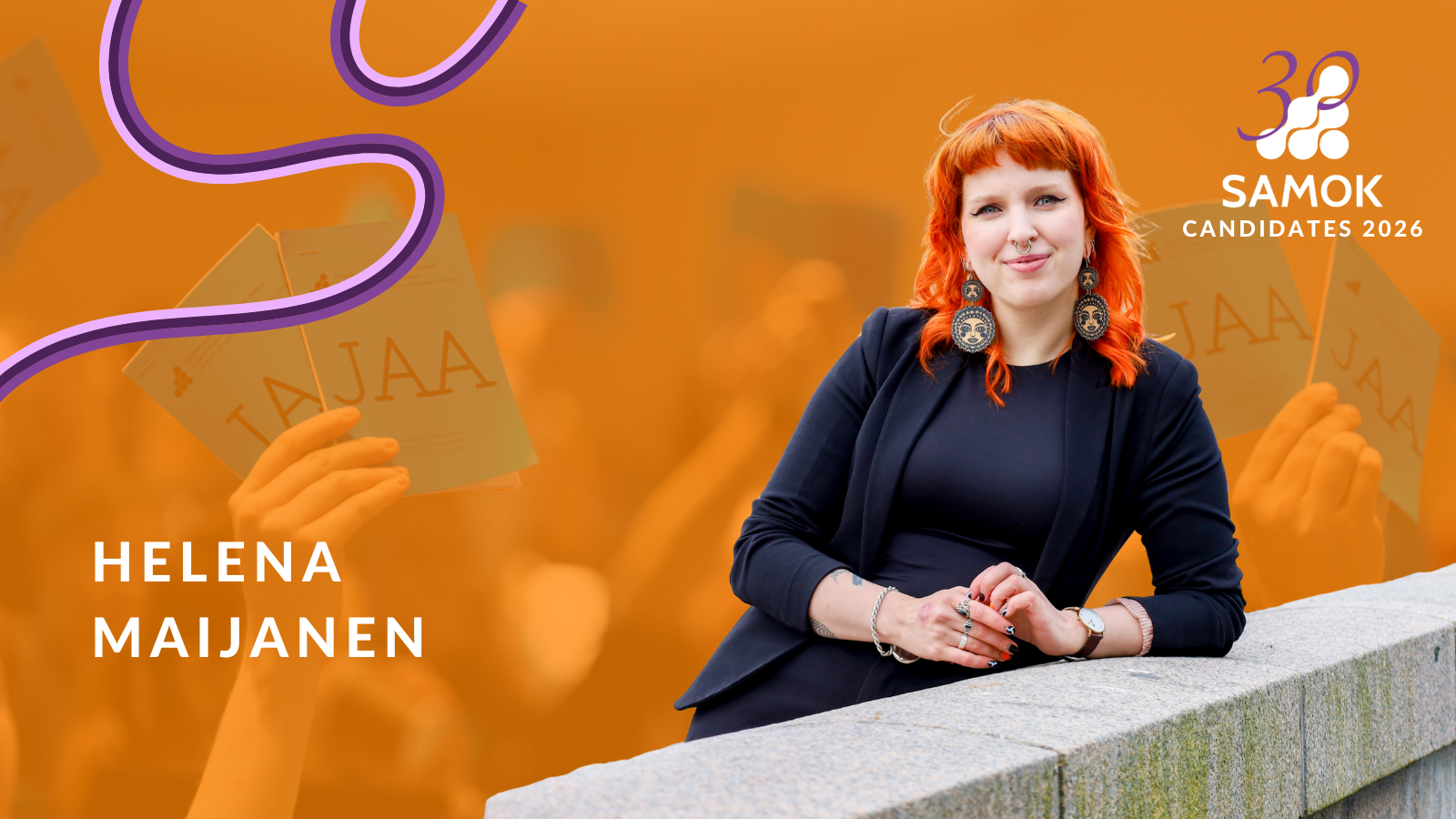When a university of applied sciences aims to respond to regional and national needs, couldn’t the most fruitful solutions come from future professionals in their fields — the students?
“Research, development and innovation activities (RDI) combine Tampere University of Applied Sciences’ multidisciplinary expertise with modern learning and innovation environments to meet the needs of partners and society. A societal perspective is central to all RDI activities at TAMK. We focus especially on creating a more sustainable and fair world. We develop new, broad-based solutions for regional and national needs. We apply the latest research knowledge in a work-life-oriented way. We collaborate with companies, communities, and the public sector.” (Tutkimus- ja kehitystoiminta TAMKissa, n.d.)
Research, development and innovation activities — or RDI for short — have become a hot topic this year in nearly every discussion, such as at SuomiAreena and the UAS Days.
While education is facing cuts, RDI activities are being supported by the government — what does this indicate? According to a statement by Arene, while the real funding level for universities of applied sciences in the 2025 budget proposal is about 200 million euros lower than in 2011, RDI activities are set to receive 280 million euros more in 2025 compared to the previous year. In contrast, education funding is decreasing by about 7 million euros from the previous year. (Arenen viestintä, 2024)
RDI activities exist at many levels and in many forms across Finland’s higher education field, and I dare say they are often not fully utilized. Too often, RDI activities are completely disconnected from education — even though education and RDI together could support each other towards better outcomes, both economically and in terms of educational quality.
TAMK’s rector Mika Hannula has stated:
“RDI activities at universities of applied sciences support teaching and provide a pathway where students’ skills, creativity, and bold ideas can be harnessed to solve regional and societal challenges. When students participate in RDI projects, they not only learn themselves but also produce concrete solutions for the needs of working life and society. In the long run, all of this also benefits the content and relevance of teaching.”
How could RDI become part of students’ everyday lives, for example through their studies?
What connects RDI activities and my own studies in the Learning and Competence in Networks degree program is multidisciplinary expertise and modern learning environments. Student-driven innovation is also strongly present in our studies, as we develop concrete actions from ideas, often in collaboration with working life.
How could this connection be refined into practice?
When a university of applied sciences aims to respond to regional and national needs, couldn’t the most fruitful solutions come from future professionals — the students?
Work-life orientation could be directly linked to studies, benefiting both the institution and allowing students to build networks for the future.
In December 2024, I participated in a short exchange in Tallinn with a group from TAMK at TTK University of Applied Sciences, where I believe RDI activities are utilized effectively. Our theme was student support, and during the program we had the opportunity to visit TTK UAS’s labs at the Mõdriku campus. There, lab activities were impressively used both in research and as sellable services for students. A teacher explained how students often like to come in for light therapy or massages before stressful exam weeks to relax.
TAMK already has several labs, such as the Sote Virtual Lab, but their utilization and visibility among students could be greatly improved. In some cases, students have been able to do internships in the labs if no other placement is available. However, the operations of the labs vary greatly, so they don’t guarantee the same learning experience as a traditional internship.
TAMK has successfully built a strong network with working life, so utilizing it more effectively in the future — for example in student projects or thesis opportunities — would be wise. Early and active involvement of students — the future professionals — in projects helps integrate studies more closely with working life and expand networks from an early stage.
Sources:
TUNI. Tutkimus- ja kehitystoiminta TAMKissa. n.d. Verkkosivu. Viitattu 24.7.2025. https://www.tuni.fi/fi/tutkimus/tutkimus-ja-kehitystoiminta-tamkissa
ARENE. Koulutus ei saa jäädä T&K-toiminnan rahoituksen jalkoihin. Arenen viestintä 2024. Verkkosivu. Viitattu 25.7.2025. https://arene.fi/ajankohtaista/koulutus-ei-saa-jaada-tk-toiminnan-rahoituksen-jalkoihin/
Photos: Petra Toivonen
Author: Helena Maijanen, candidate for SAMOK president for 2026
During the autumn, candidates for the SAMOK Board of Directors for 2026 will be presented on the SAMOK blog and on social media. For more information about the General Assembly, click here.

